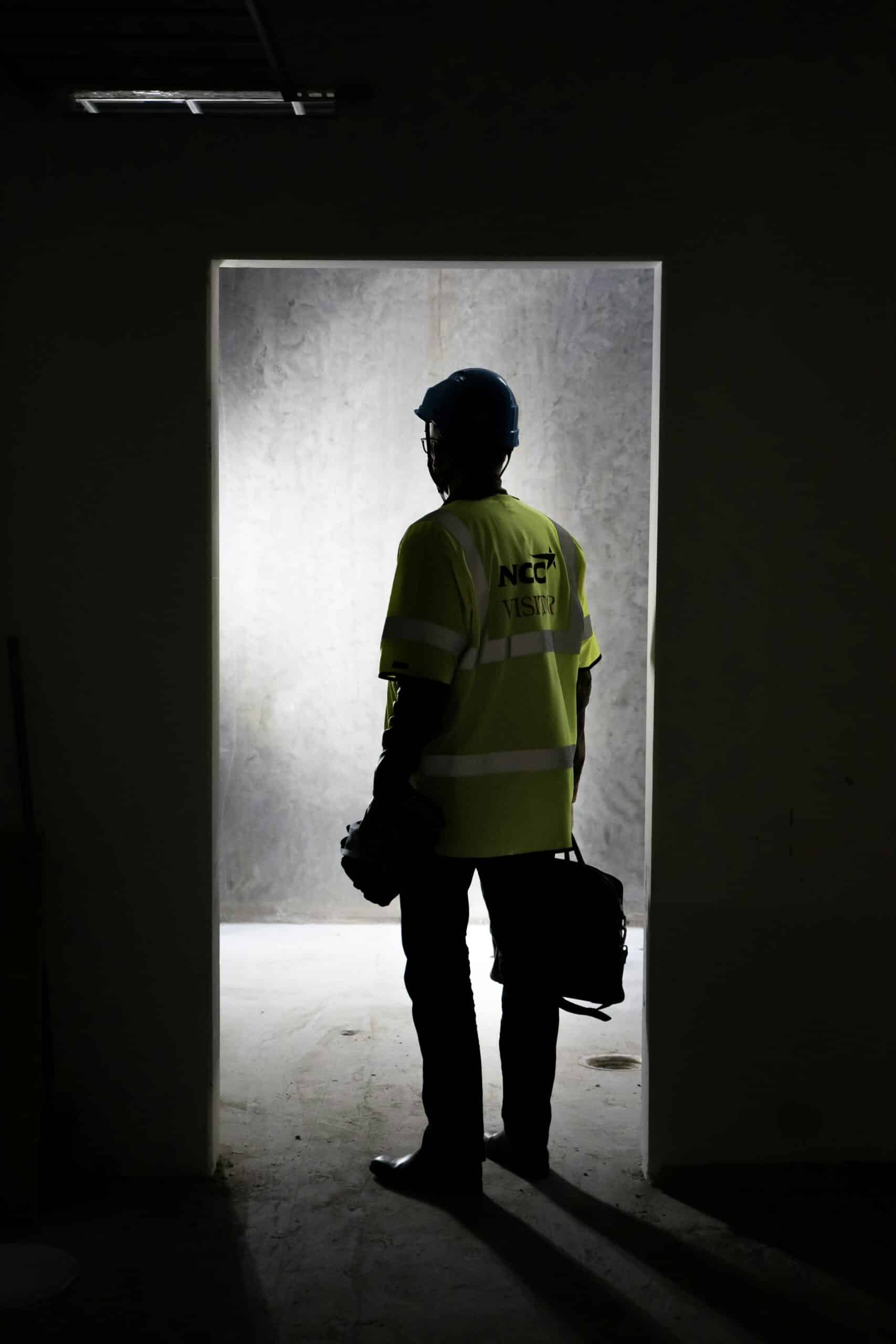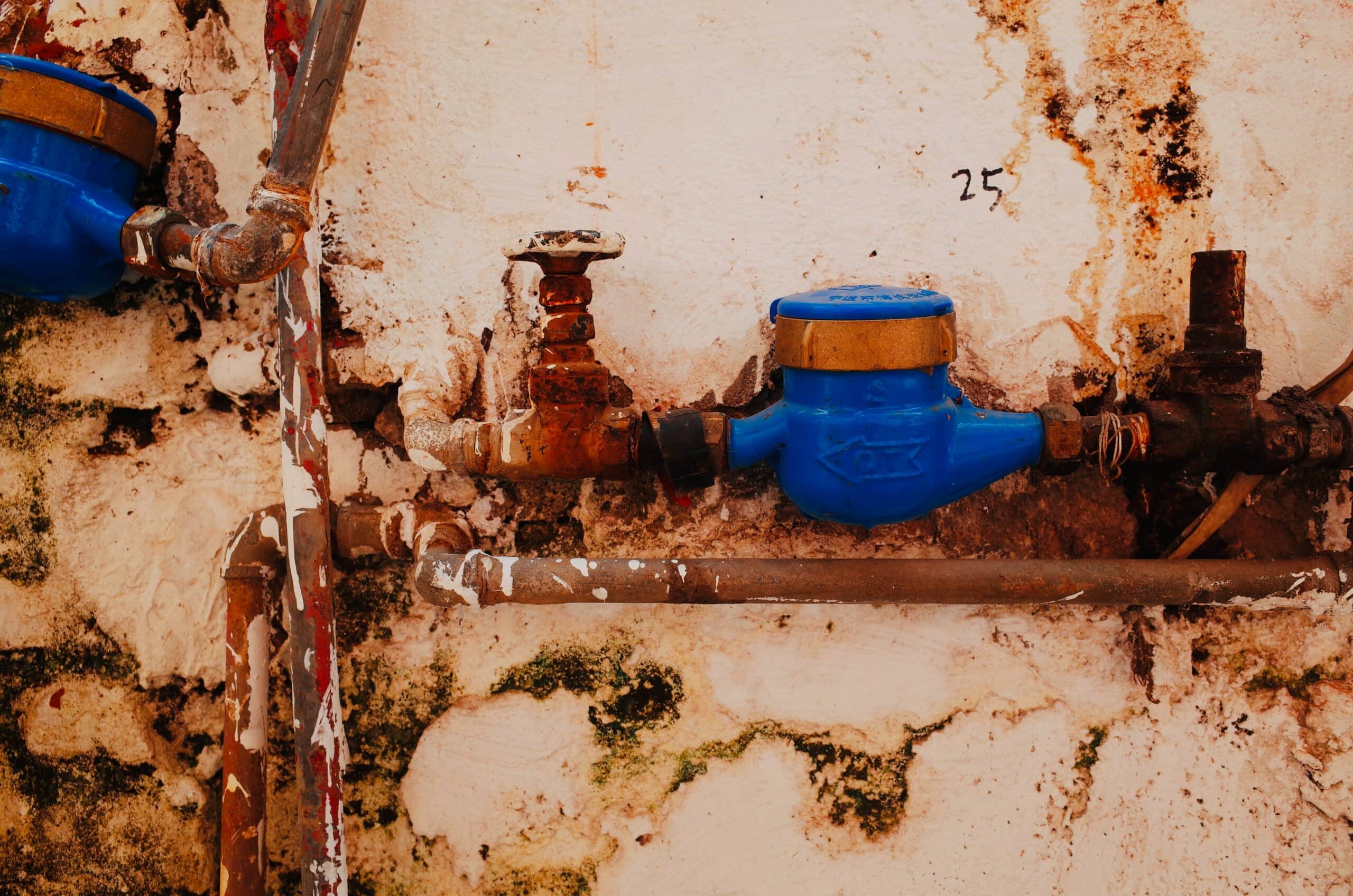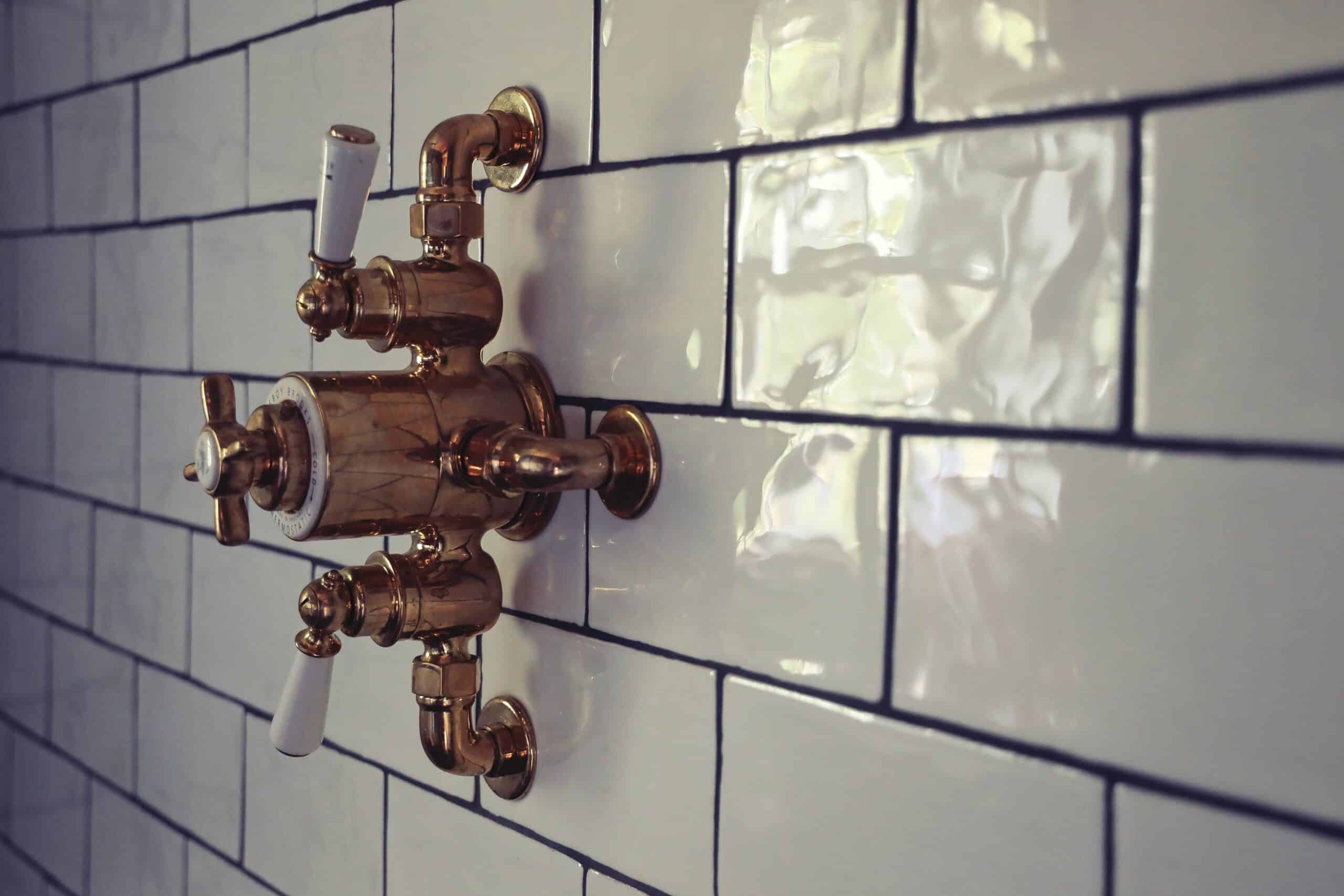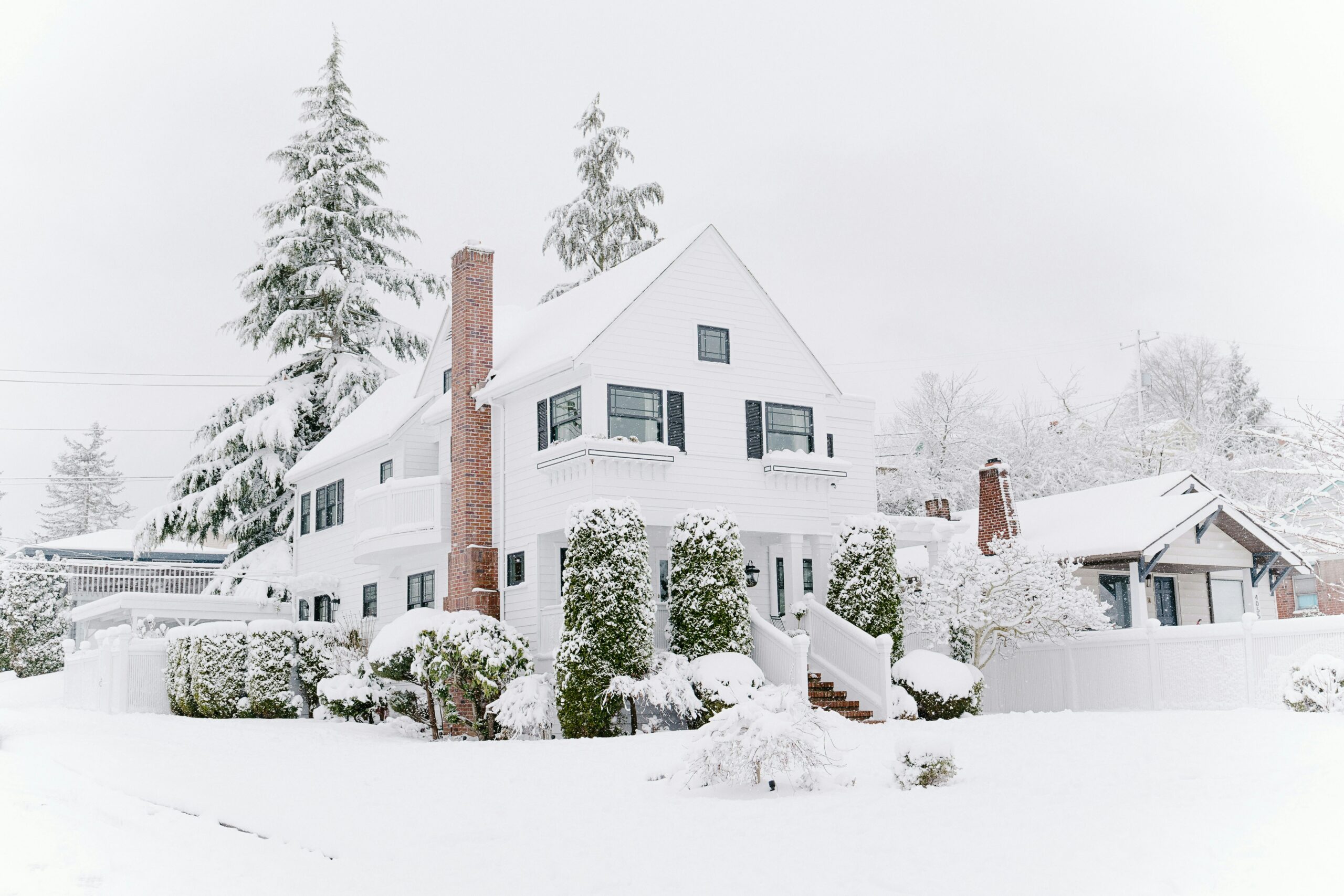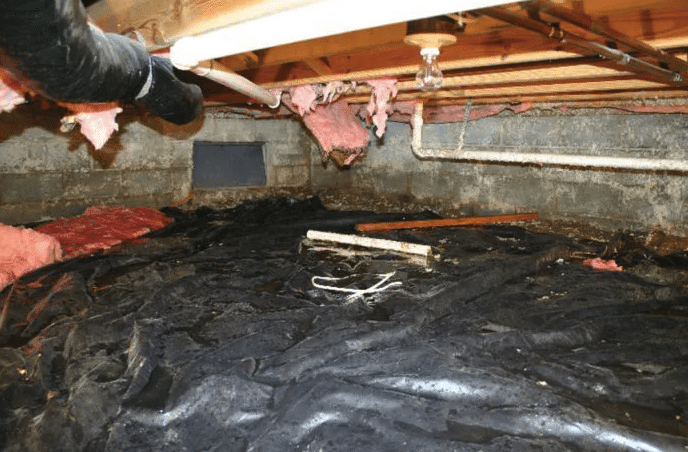When it comes to home inspections and the plumbing systems in a house, every detail matters. One of those that can make a significant difference is the size of the washer drain pipe. In this post, we’ll explore the difference between having a 1.5-inch drain and a 2-inch washer drain.
**1.5-Inch Washer Drain Pipe:**
A 1.5-inch washer drain pipe is a common standard in many homes. It’s sufficient for most residential washing machines and is the minimum size allowed by most building codes. While it does the job, there are some limitations to consider:
- **Flow Rate:** A 1.5-inch drain pipe may have a slower flow rate, which means it can take longer for the water to drain from the washing machine. This can be a concern if you have a large household with frequent laundry needs.
- **Risk of Clogs:** The smaller diameter increases the risk of clogs due to lint and debris accumulating in the pipe. Regular maintenance may be needed to prevent blockages.
- **Noise:** Sometimes, the water rushing through a smaller pipe can create a noisy, gurgling sound, which may not be ideal, especially if the laundry area is close to living spaces.
**2-Inch Washer Drain Pipe:**
A 2-inch washer drain pipe offers several advantages:
- **Improved Flow:** With a larger diameter, the 2-inch pipe allows for faster water drainage, reducing the time it takes to complete a washing cycle.
- **Less Clog Risk:** The increased size minimizes the likelihood of clogs, as larger debris can pass through more easily. This reduces the need for frequent maintenance.
- **Reduced Noise:** The larger pipe typically results in quieter drainage, making the laundry process less disruptive to the household.
**Considerations for Your Home Inspection:**
While a 1.5-inch pipe may meet the minimum requirements, there are clear benefits to having a 2-inch drain pipe. If a 1.5-inch pipe is in place, the homeowner should be aware of the potential limitations and maintenance requirements.
It’s worth considering the installation of a 2-inch drain pipe, especially for households with high laundry demands. This can contribute to a more efficient and trouble-free laundry experience. The larger pipe size offers advantages that may be well worth considering especially with some newer high efficiency washing machines. During home inspections, addressing this detail can help homeowners make informed decisions about their plumbing systems.

